Since the start of the pandemic, the option to “buy now, pay later’” has skyrocketed in popularity, especially among young and low-income consumers who may not have ready access to traditional credit. If you shop online for clothes or furniture, sneakers or concert tickets, you’ve seen the option at checkout to break the cost into smaller installments over time. Companies like Afterpay, Affirm, Klarna, and Paypal all offer the service, with Apple due to enter the market later this year.
But with economic instability rising, so are delinquencies. Here is what you should know:
HOW DOES BUY NOW, PAY LATER WORK?
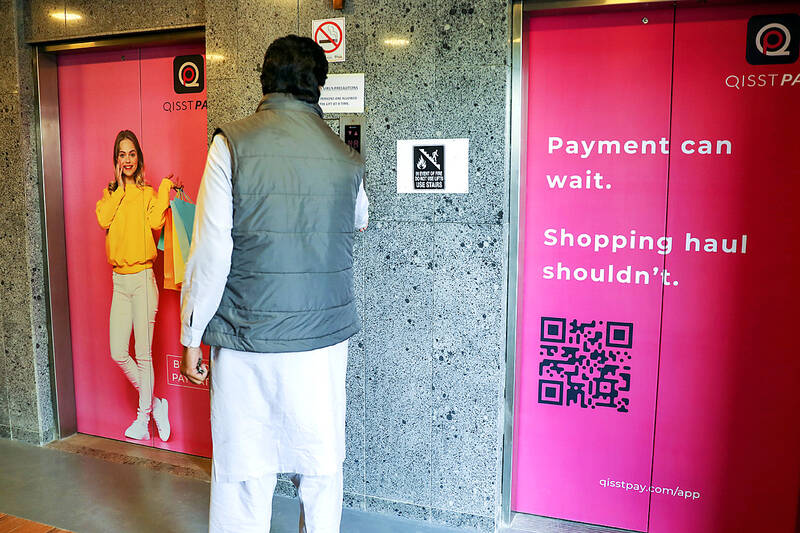
Photo: Bloomberg 照片:彭博社
Branded as “interest-free loans,” buy now, pay later services require you to download an app, link a bank account or debit or credit card, and sign up to pay in weekly or monthly installments. Scheduled payments are then automatically deducted from your account or charged to your card. The services generally don’t charge you more than you would have paid up front, meaning there’s technically no interest, so long as you make the payments on time.
But if you pay late, you may be subject to a flat fee or a fee calculated as a percentage of the total you owe. If you miss multiple payments, you may be shut out from using the service in the future, and the delinquency could hurt your credit score.
ARE MY PURCHASES PROTECTED?
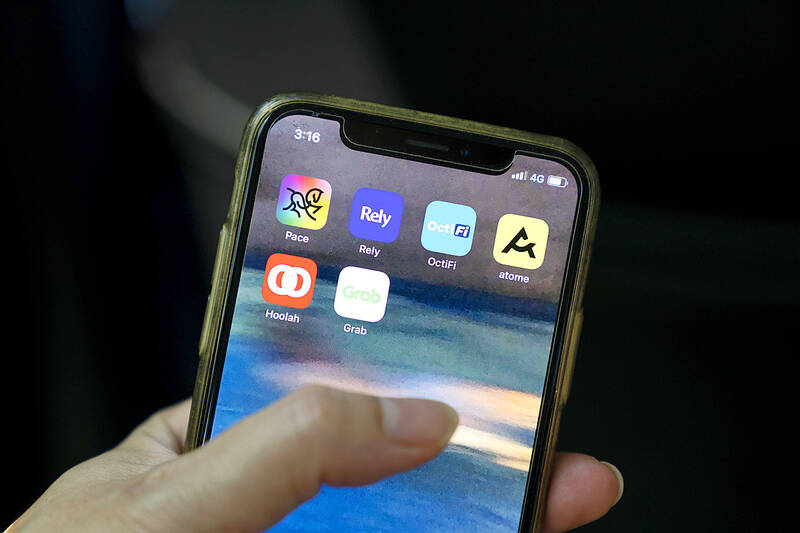
Photo: Bloomberg 照片:彭博社
In the US, buy now, pay later services are not currently covered by the Truth in Lending Act, which regulates credit cards and other types of loans (those paid back in more than four installments).
That means you could find it more difficult to settle disputes with merchants, return items, or get your money back in cases of fraud. Companies can offer protections, but they don’t have to.
WHY DO RETAILERS OFFER BUY NOW, PAY LATER?
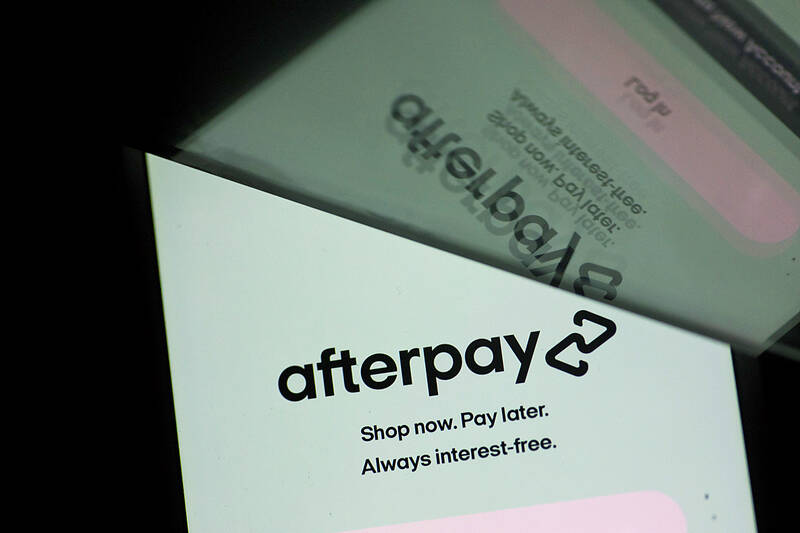
Photo: Bloomberg 照片:彭博社
Retailers accept the backend fees of buy now, pay later services because the products increase cart sizes. When shoppers are given the option to pay off purchases in installments, they’re more likely to buy more goods in one go.
WHO SHOULD USE BUY NOW, PAY LATER?
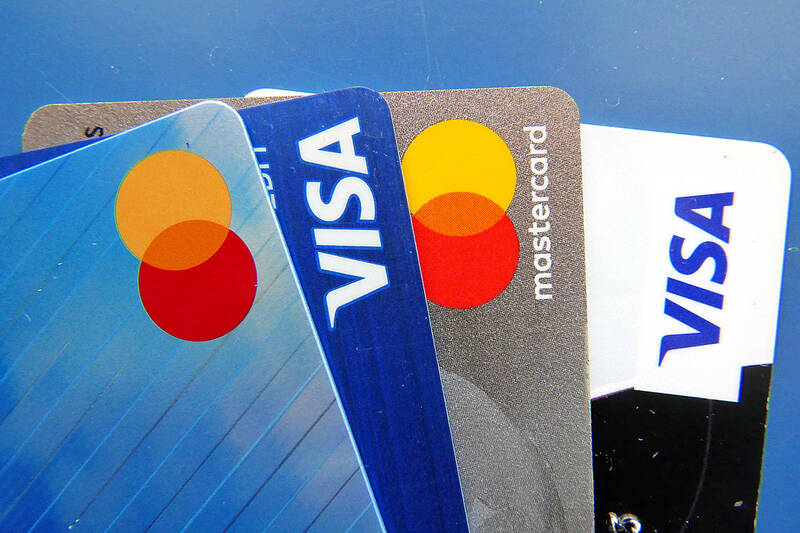
Photo: AP 照片:美聯社
If you have the ability to make all payments on time, buy now, pay later loans are a relatively healthy, interest-free form of consumer credit.
But if you’re looking to build your credit score, and you’re able to make payments on time, a credit card is a better choice. The same goes if you want strong legal protections from fraud, and clear, centralized reporting of loans.
If you’re uncertain whether you’ll be able to make payments on time, consider whether the fees charged by buy now, pay later companies will add up to higher charges than the penalties and interest a credit card company or other lender would charge.
(AP)
自疫情開始以來,「先買後付」的選項變得大受歡迎,尤其對可能無法獲得傳統信貸的年輕及低收入消費者而言更是如此。若上網購買衣服或家具、運動鞋或音樂會門票,會在結帳時看到分期付款的選項。Afterpay、Affirm、Klarna和Paypal等公司都提供這種服務,Apple將於今年稍晚進軍此市場。
但隨著經濟不穩定的狀況加劇,拖欠率也在上升。以下是該知道的幾件事:
「先買後付」如何運作?
被「先買後付」標榜「無息貸款」,要求使用者下載應用程式,綁定銀行帳戶或借記卡,或者信用卡,並註冊以每週或每月分期付款。然後,預定的付款會自動從您的帳戶中扣除或記入您的卡。這些服務通常不會收取比您之前所付款項更多的費用,這表示只要您按時付款,從技術上來講是沒有利息的。
但若逾期付款,可能會需要支付一筆金額固定的費用,或是按欠款總額百分比所計算的費用。如果有多筆款項未繳,未來可能無法使用該服務,且拖欠可能有損您的信用評分。
我的購買有保障嗎?
在美國,「先買後付」服務目前並不在《誠實貸款法》的管轄範圍內,該法所監管的是信用卡和其他類型的貸款(分四期以上還款的借貸)。
這表示您可能會發現要解決與商家的糾紛、退貨,或遇到詐欺要把錢取回來會更難。公司可以提供保障,但並無此義務。
零售商為何提供「先買後付」?
零售商接受先買後付的後端費用,因為先買後付增加了顧客的購物量。若購物者有分期付款的選項,就更可能一次購買更多商品。
誰該使用「先買後付」?
若您有能力按時支付所有款項,現在購買,以後支付貸款是一種相對健康、免息的消費信貸形式。
但是,如果您希望建立自己的信用評分,且有能力按時付款,那麼信用卡會是更好的選擇;若您想要強有力的法律保障以避免詐欺,以及清楚、集中的借貸報告,也是如此。
如果您不確定是否能按時付款,請考慮先買後付公司所收取的費用是否會比信用卡公司或其他貸方收取的罰款和利息加起來更高。
(台北時報林俐凱編譯)

詞法—不定詞的誤用 1. 我得記住星期五要把報告寫好。 ˇ I must remember to finish my report by Friday. χ I must remember finishing my report by Friday. 註︰remember 後面跟動名詞或不定詞表示兩種不同的概念,與 forget 相類似。 試比較下列句子: I remember meeting him somewhere.(我記得曾經在某處見過他。) I must remember to meet him at the station at six this evening. (我必須記住今晚六點得去車站接他。) He remembered turning off the light when he left the room. (他記得離開房間時曾先把燈熄了。) Remember to turn off the light when you leave the room. (記住離開房間時要把燈關了。) 2. 他提醒她做好她份內的事。 ˇ He reminded her to do her job. χ He reminded her of doing her job. 註︰remind ... of ... 後面跟動名詞,表示「使人想起做過某事」。若是「提醒某人應做某事」,應用 remind ... to do ...。試比較下列句子: He reminded me of my attending the lecture last Friday. (他讓我想起我上星期五去聽過那次演講。) He
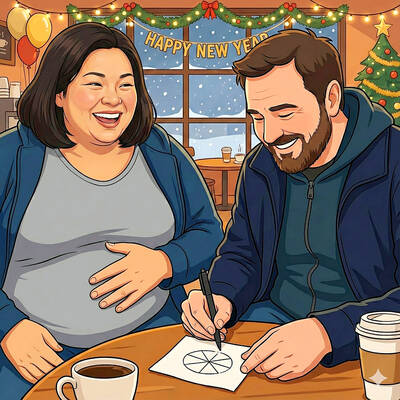
★ Bilingual Story is a fictionalized account. 雙語故事部分內容純屬虛構。 “Any New Year’s resolutions?” he asked. Lena put her coffee down. “Yeah,” she said. “To get in shape.... round is a shape, right?” Mark chuckled. “I support this. Fully achievable. Low risk.” “Thanks,” she smiled and lovingly rubbed her round belly. “I like a resolution I can’t fail.” “Funny thing is, I was thinking about getting round too.” Lena nodded her head in approval, “You could put some meat on those skinny bones of yours.” Mark shook his head, “Not that kind of round. Wheel-of-Life round.” She raised an eyebrow.

A: Apart from Taiwan’s A-mei, Mayday and Jolin Tsai, there are many foreign singers coming to Taiwan early this year. B: The South Korean girl group Babymonster are playing two shows at Taipei Arena starting from tonight. Who else is coming to Taiwan? A: Other artists include Australian band Air Supply, K-pop superstar Rain, boy group Super Junior, TXT, US singers Giveon and Josh Groban, and Irish boy group Westlife. B: Air Supply was the first foreign band to come to Taiwan in 1983, and they’re probably the most frequently visiting group too. A: As the year is beginning

對話 Dialogue 清清:最近天氣越來越冷,感覺很容易感冒,要不要一起去吃薑母鴨或是羊肉爐? Qīngqing: Zuìjìn tiānqì yuèláiyuè lěng, gǎnjué hěn róngyì gǎnmào, yào bú yào yìqǐ qù chī jiāngmǔyā huòshì yángròulú? 華華:最近我覺得有點累,想吃薑母鴨,可是又怕一下子吃太補會上火。 Huáhua: Zuìjìn wǒ juéde yǒudiǎn lèi, xiǎng chī jiāngmǔyā, kěshì yòu pà yíxiàzi chī tài bǔ huì shànghuǒ. 清清:那我們去喝香菇雞湯吧,不太容易上火,喝了也會很暖和。 Qīngqing: Nà wǒmen qù hē xiānggū jītāng ba, bú tài róngyì shànghuǒ, hē le yě huì hěn nuǎnhuo. 華華:聽起來不錯!你們家平常冬天都吃什麼進補? Huáhua: Tīng qǐlái búcuò! Nǐmen jiā píngcháng dōngtiān dōu chī shénme jìnbǔ? 清清:我家都煮麻油雞,吃完整個人手腳都會熱起來。我也很久沒喝香菇雞湯了,正好可以去打打牙祭。 Qīngqing: Wǒ jiā dōu zhǔ máyóujī, chī wán zhěnggè rén shǒujiǎo dōu huì rè qǐlái. Wǒ yě hěn jiǔ méi hē xiānggū jītāng le, zhènghǎo kěyǐ qù dǎ dǎ yájì. 華華:可是我最近在減肥,會不會吃得太補,肉又長回來了? Huáhua: Kěshì wǒ zuìjìn zài jiǎnféi, huì bú